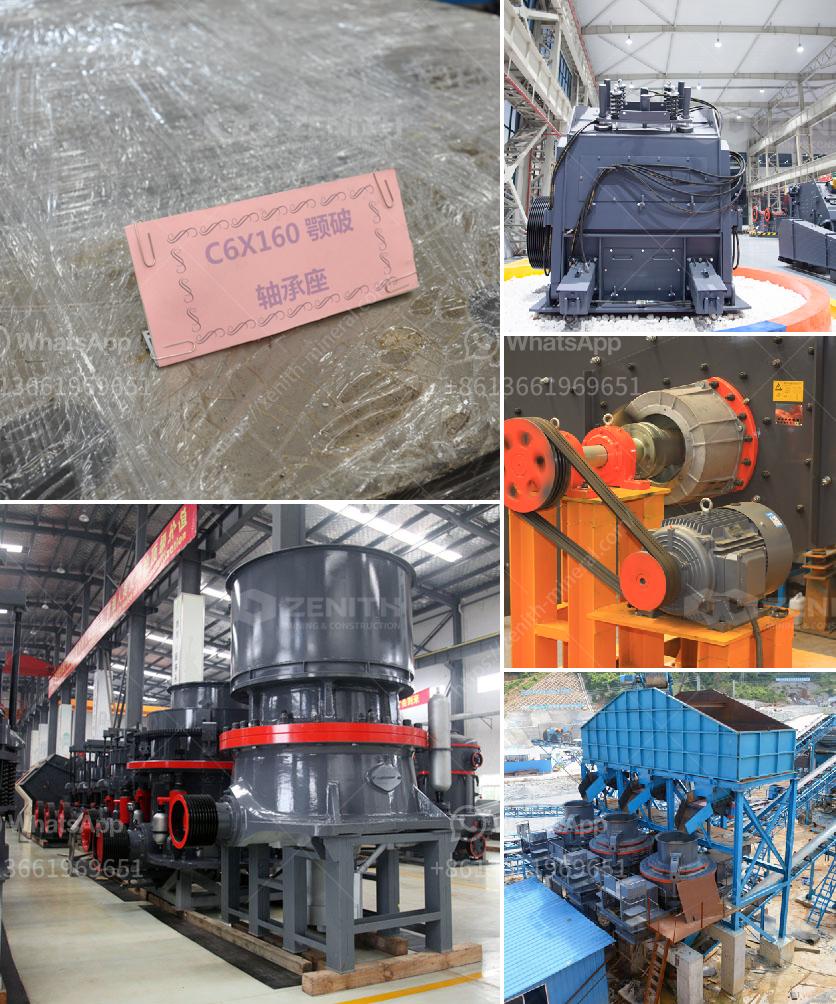Copper mining involves several processes that can be broadly categorized into two main types: surface (open-pit) mining and underground mining. Each method has its own set of procedures and techniques, which are chosen based on the location, depth, and quality of the ore body. Here’s a detailed overview of the primary processes involved in copper mining:
1. Exploration and Discovery
Before mining begins, extensive exploration is conducted to locate and estimate the size and quality of the copper deposit. This involves:
- Geological Surveys: Using geological maps and sampling to identify potential copper deposits.
- Geophysical and Geochemical Methods: Techniques like magnetic surveys, seismic surveys, and soil sampling to detect anomalies indicative of copper deposits.
- Drilling: Core drilling to obtain samples from below the surface, which are then analyzed to determine the concentration of copper and other minerals.
2. Mining Methods
Surface (Open-Pit) Mining
- Site Preparation: Clearing vegetation and topsoil, and constructing access roads.
- Blasting and Drilling: Using explosives to break up the ore, followed by drilling to create holes for the placement of explosives.
- Loading and Hauling: Heavy machinery like shovels and trucks are used to load and transport the broken ore to the processing plant.
Underground Mining
- Shaft Sinking: Creating vertical shafts to access the ore body.
- Drifting and Tunneling: Horizontal tunnels (drifts) are created to reach the ore.
- Stoping: The process of extracting the ore from the underground mine, which can be done using various methods like room-and-pillar, cut-and-fill, or block caving.
- Ore Transport: Conveyors, trucks, or rail systems are used to transport the ore to the surface.
3. Ore Processing
Once the ore is extracted, it undergoes several processing steps to separate the copper from other minerals and impurities.
Crushing and Grinding
- Primary Crushing: Large pieces of ore are reduced to smaller pieces using jaw crushers or gyratory crushers.
- Secondary Crushing: Further reduction of ore size using cone crushers or impact crushers.
- Grinding: The crushed ore is ground into a fine powder using ball mills or rod mills.
Concentration
- Flotation: The ground ore is mixed with water and chemicals to create a slurry. Air bubbles are introduced, causing the copper minerals to attach to the bubbles and float to the surface, where they are skimmed off.
- Thickening and Filtering: The concentrated copper slurry is thickened and filtered to remove excess water.
4. Smelting and Refining
- Smelting: The concentrated ore is heated in a furnace to a high temperature, causing the copper to separate from other materials. This produces a molten copper called matte, which contains about 60-70% copper.
- Converting: The matte is further processed in a converter furnace to remove impurities, resulting in blister copper (98-99% pure).
- Electrorefining: The blister copper is cast into anodes and placed in an electrolytic cell. An electric current is passed through the cell, causing pure copper to deposit onto cathodes. This process produces high-purity copper (99.99%).
5. Environmental and Safety Considerations
Copper mining has significant environmental and safety impacts, which are managed through:
- Waste Management: Proper disposal of tailings and waste rock to prevent environmental contamination.
- Water Management: Treatment and recycling of water used in the mining and processing operations.
- Air Quality Control: Measures to reduce emissions of dust and harmful gases.
- Reclamation: Restoring the mined land to its natural state or repurposing it for other uses after mining operations are completed.
- Worker Safety: Implementing safety protocols and providing protective equipment to ensure the safety of mine workers.
Conclusion
Copper mining is a complex process that involves multiple stages, from exploration and extraction to processing and refining. Each stage requires careful planning and execution to ensure the efficient and environmentally responsible production of copper. Advances in technology and sustainable practices continue to improve the efficiency and reduce the environmental impact of copper mining.

